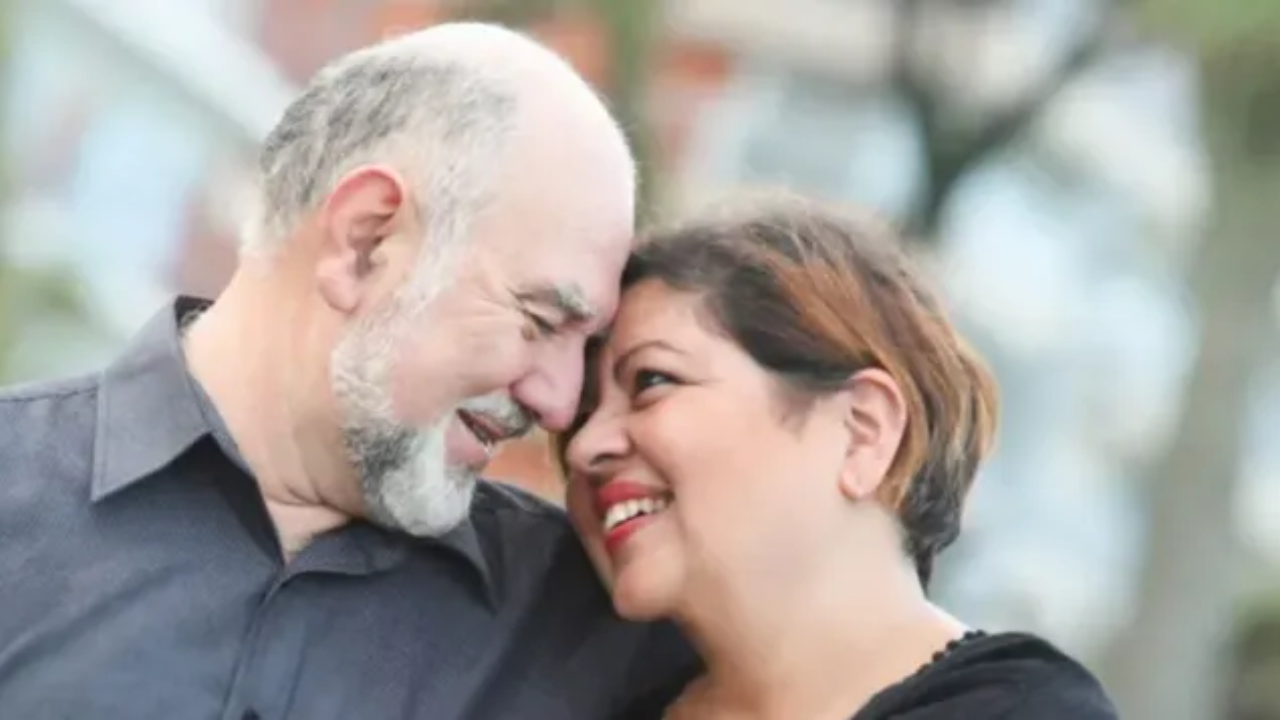Shifting An Unhelpful Dynamic In Desire Discrepancy
Apr 09, 2018
Many of the couples I work with are struggling with issues related to desire discrepancy. All too often, I discover that the higher-desire partner is expressing their distress in the most counterproductive manner possible. It can be extremely distressing to be in a monogamous relationship with a much lower desire partner and a lifelong commitment. Still, there are more effective strategies, and less effective ones.
One example is taking any physically intimate contact as an invitation to go further. It seems to make sense on the surface. After all, if you’re kissing or cuddling, it might seem logical that increasing sexual contact is a possibility now, more than at another random time. But if there is a sense of pressure, entitlement, frustration, or nagging, it is likely to result in less desire and more distance, as well as increasing reactivity in both partners. Definitely not sexy.
Unfortunately, this can lead to a vicious cycle whereby one partner pursues and pursues, with rapidly lowering self-esteem and rapidly rising frustration, while the other partner pulls back further and further, feeling like they can’t say “no”, with rising guilt and frustration. A couple trapped in this cycle may no longer have any intimate touch at all, either because the lower desire partner feels pressure to go further even when hugging, or the higher desire partner feels so hurt that they stop expressing any kind of affection at all to avoid rejection.
Nothing shuts off arousal like pressure. I promise.
Good news: this dynamic can shift in lots of ways. Here are a few to get you started:
- The higher desire partner might need an active self-sexual life; if self-pleasure is not a comfortable option, this is a good place to start. Nobody should feel responsible for someone else’s orgasm, nor should anyone feel dependent on anyone else for sexual enjoyment.
- The lower desire partner could make a list of things that inhibit desire for them. Resolving some of these things will make it a lot easier to access desire. This is a great collaborative discussion for couples; each partner has both “brakes” and “accelerators”, and acceleration won’t be smooth until the brakes are released. Examples of common brakes include being exhausted, feeling physically unwell, or lots of stress at work. Examples of common accelerators include having a connected conversation, being touched in loving ways that are not goal-oriented, or seeing your partner in that sexy outfit. What are yours? What are your partner’s? The balance between accelerator and brake is very individual; for some people it is easy to get the right balance and for others everything has to be just right. Neither of those are unusual or abnormal.
- The couple might practice saying “yes”, “maybe”, “slower”, “not yet” and “no”. A good way to practice this is with some kind of touch that feels totally fine to both, for instance holding hands, or giving a foot rub. The giver should get experienced at asking for permission and responding warmly and reliably to feedback of any kind, and the receiver should get experienced at giving a full range of feedback that is congruent with their preferences in the moment. Both partners should experience both roles, and practice all possible answers until there is no drama or emotional load attached.






